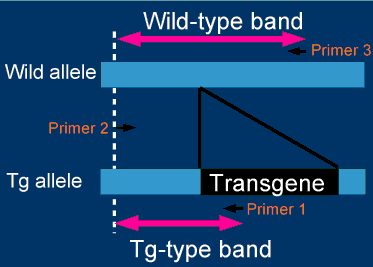Like many researchers to do hundreds of pieces of Southern blots, I first used PCR genotyping with soon efficiency. It no longer needed such as a few days to see the results and no longer needed DNA microscopic images or UV. With the continuous progress of technology, RCR makes the genomics and transcriptomics change dramatically, and even enters the prteomics with the spread of the immune PCR.
There are a number of RNA based genotyping technologies, some of which have just different names, and some are very complex. Which methods are of course based on needs. Here’s a brief summary of some advantages and disadvantages of PCR based genotyping analysis. Some common systems and platforms as well as their detailed features are listed below.
Melting curve method
Pyrosequencing
suspension array technology
Mass spectrometry
Pyrosequencing:
pyrosequencing is a new real time DNA sequencing technology, with single base extension (SBE) as the foundation, under the synergistic effect of DNA polymerase, ATP sulfurylase, luciferase and apyrase, making primer extension polymerization deoxyribonucleic acid (dNTP) release pyrophosphate (PPi). PPi converses adenosine triphosphate (ATP). ATP generates fluorescence signal. They are connected with other chemical reactions like dNTP and ATP degradation.
It is not suitable to detect single mutation, but it is suitable for detection of multiple mutation, partly due to the complexity of the experimental procedure and the cost of the enzyme and reagent. However, for small or medium items with automatic genotype-calling capability, it is an appropriate genotyping and sequencing method.
Suggestions:
The genetic mutation detected by one genotyping analysis is growing rapidly, such as hybridization to microarrays for genome-wide association study. Although the process is relatively simple, but for the multiple paralogs homologous gene or related pseudogenes, we should not simply believe the results got by automatic analyzer or micro array. To study the mutations, we must first make selective amplification and genotyping of these fragments. The number of genes does not matter, and the single nucleotide polymorphism represents only 80% of the genomic mutation. What’s more, genome wide association study is not the whole genome.


Leave a Reply